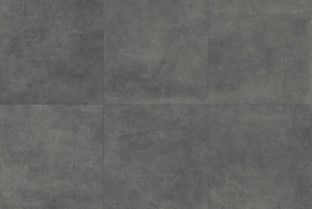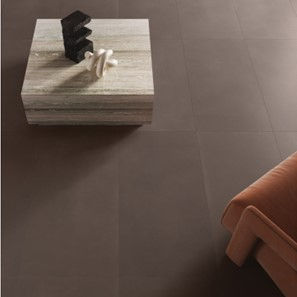Everything to Know About Tiles for Walls & Floors
- evolvenevadapm
- Nov 18, 2022
- 3 min read
Updated: Feb 23, 2023

Homeowners often seek to personalize their homes to suit their style, personality, taste, and so on. They perform various home improvements to achieve their goals. Part of the home modifications includes tiling the floors and walls. As Innovative Property Solutions explains, property owners shop for tiles and discover several types available. It sometimes becomes confusing.
If you are considering having wall tiles in your home, this article will explain everything you should know about tiles for floors and walls.
Different shapes and sizes of tiles
Floor and wall tiles come in various shapes and sizes. Sometimes, these may also vary depending on the manufacturer. As a result, some tiles may be difficult to get elsewhere.
Before you settle on tile size, it would be best to determine what you intend to achieve. Below are some guidelines to help you choose the suitable tile size for your floors and walls.
· Use rectangular or plank-style tiles on the floor to make long rectangular rooms appear more spacious than they are.
· Use smaller tiles to create an edge or border with large tiles in the middle to make a large room feel cozier.
· Large floor and wall tiles will make a small room appear larger. That is because there will be fewer grout lines to break up the pattern. However, avoid using tiles larger than 18" in tiny rooms.
· You can add texture to floors and walls by using small mosaic tiles in areas like toilets, bathrooms, backsplashes, sinks, etc.
· Use similar color and tile finish with different shapes and sizes set in a random pattern to obtain added texture without impairing the sense of space.
· Rectangular-shaped tile sizes
Rectangular tiles come in different sizes. Standard sizes of rectangular tiles are:
· 6" x 8", 5" x 2", 3", 4", 6" and 8"
· 4" x 4.5", 5", 6", and 8".
· 3" x 4", 5", 6", and 8".
· 2" x 3", 4", 5", 6" and 8".
· 1" x 2", 3" and 4".
· Larger ones such as 24" x 48", and 12" x 24".

Subway tiles sizes
These are a subset of rectangular tiles. There were first used to decorate subway stations like the New York City Hall subway. The sizes include:
· 4" x 8", 12" and 16"
· 3" x 6", 8", and 12"
· 2" x 4", 6", 8" and 12"
· 1" x 3", 4", and 6".
Subway tiles are popularly used on bathroom walls and kitchen backsplashes. However, some creative interior designers can use them on floors too. Subway and rectangular tiles of smaller sizes will make larger rooms feel cozy, whereas larger versions will make smaller chambers appear bigger.

· Square-shaped tile sizes
These are the commonest shape of tiles. They come in different sizes. Standard square tiles come in the following sizes 2", 3", 4", 6", 8", 12", 16", 18", and 24". However, some manufacturers have bigger sizes like 36" x 36" and 48" x 48". Suitable ones for floors are from size 6" upwards. Those below 6" are more suitable for walls.
It is easier to work with square tiles because it is easy to calculate the surface area. However, square tiles can be boring. You need to be creative with the installation pattern.

Types of tiles based on materials
· Vinyl tiles
Vinyl tiles are the least expensive tile material. They come in various sizes, shapes, and colors. Vinyl tiles are water-resistant. You can use them in any room of your choice.
· Cement tiles
Cement tiles are natural-colored tiles and do not require sealing after installation.

· Ceramic tiles
Ceramic tiles are made from natural materials like clay and others. Part of the manufacturing process involves glazing and treatment with stunning glazed color to give it a glossier and brighter finish. You can use this tile on floors and walls.

· Natural stone
Natural stones help to bring outdoor appearance indoors. They are durable and water resistant. However, you will need to seal them for maximal water resistance.

· Porcelain tile material
Porcelain tiles undergo a similar manufacturing process to ceramic tiles. The only difference is that the glazing process requires a higher temperature. Because of this, porcelain tiles are more durable and water-resistant. You can use them on floors and walls.

Tile installation
When you think of installing tiles, there are two options; you can do it yourself or hire professionals for the job. Although there are several tutorial videos on the internet showing how to install tile by yourself, we recommend that you hire experts for professional finishing and better aesthetics.
Floor and wall tiles come in various shapes, sizes, materials, patterns, and colors. The options are endless when it comes to selecting tiles for your property. Always seek professional advice if you desire outstanding outcomes.

Comments